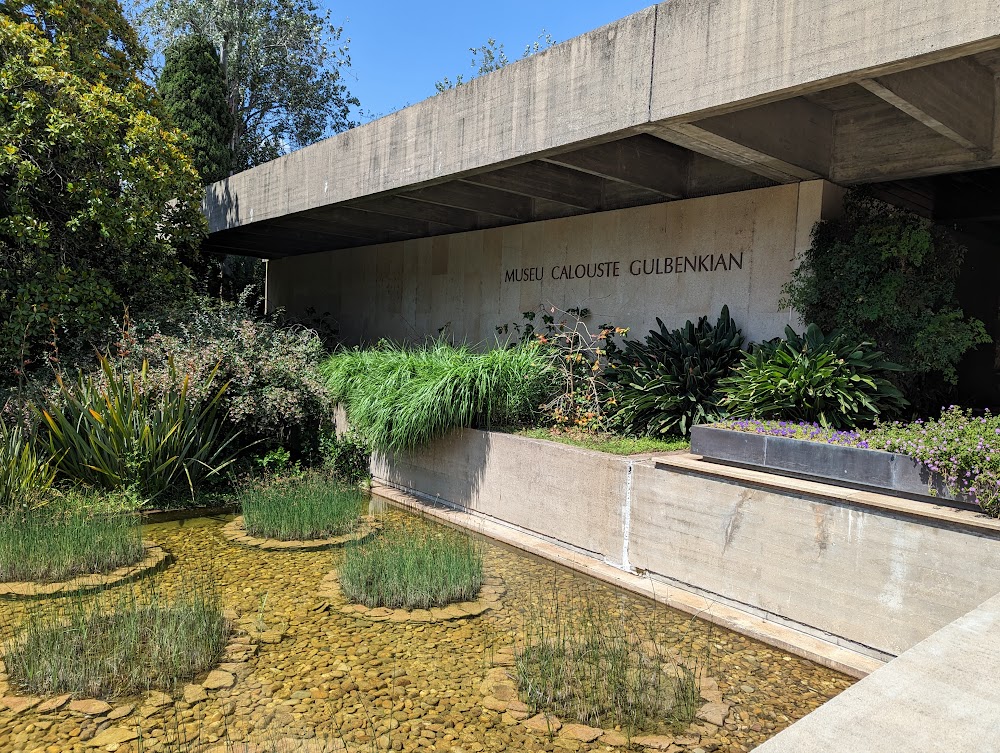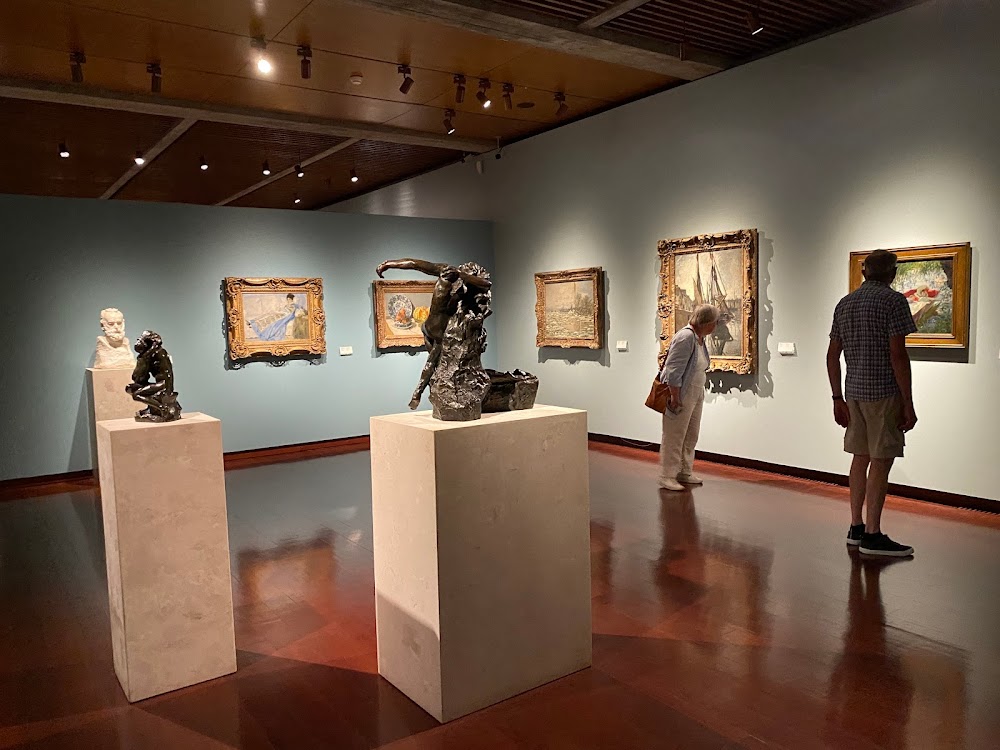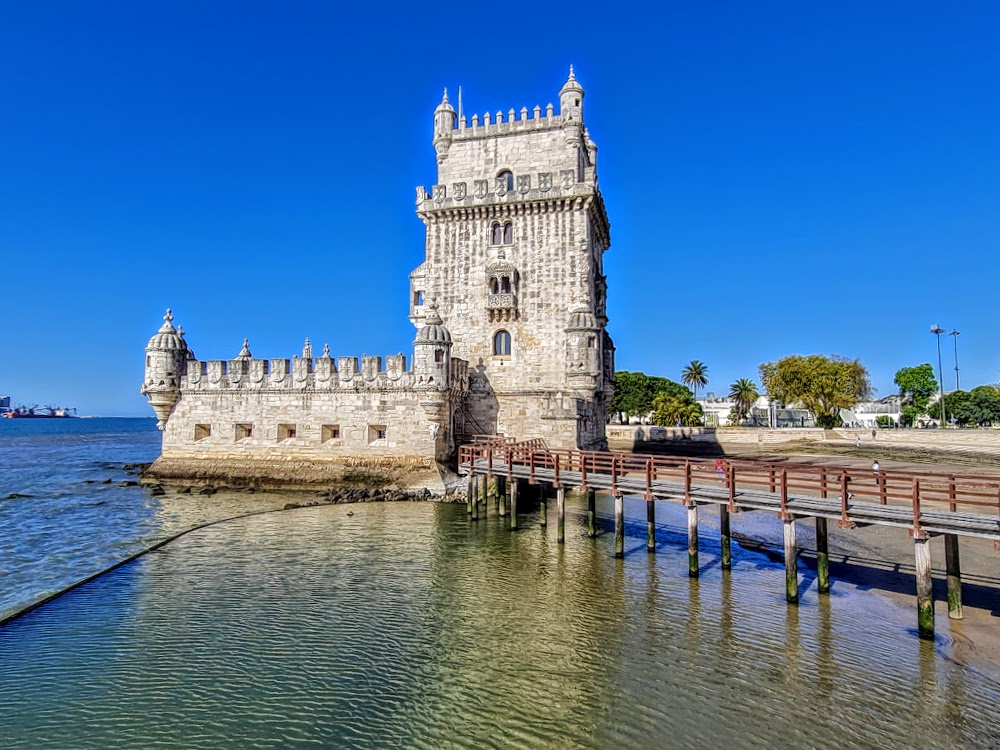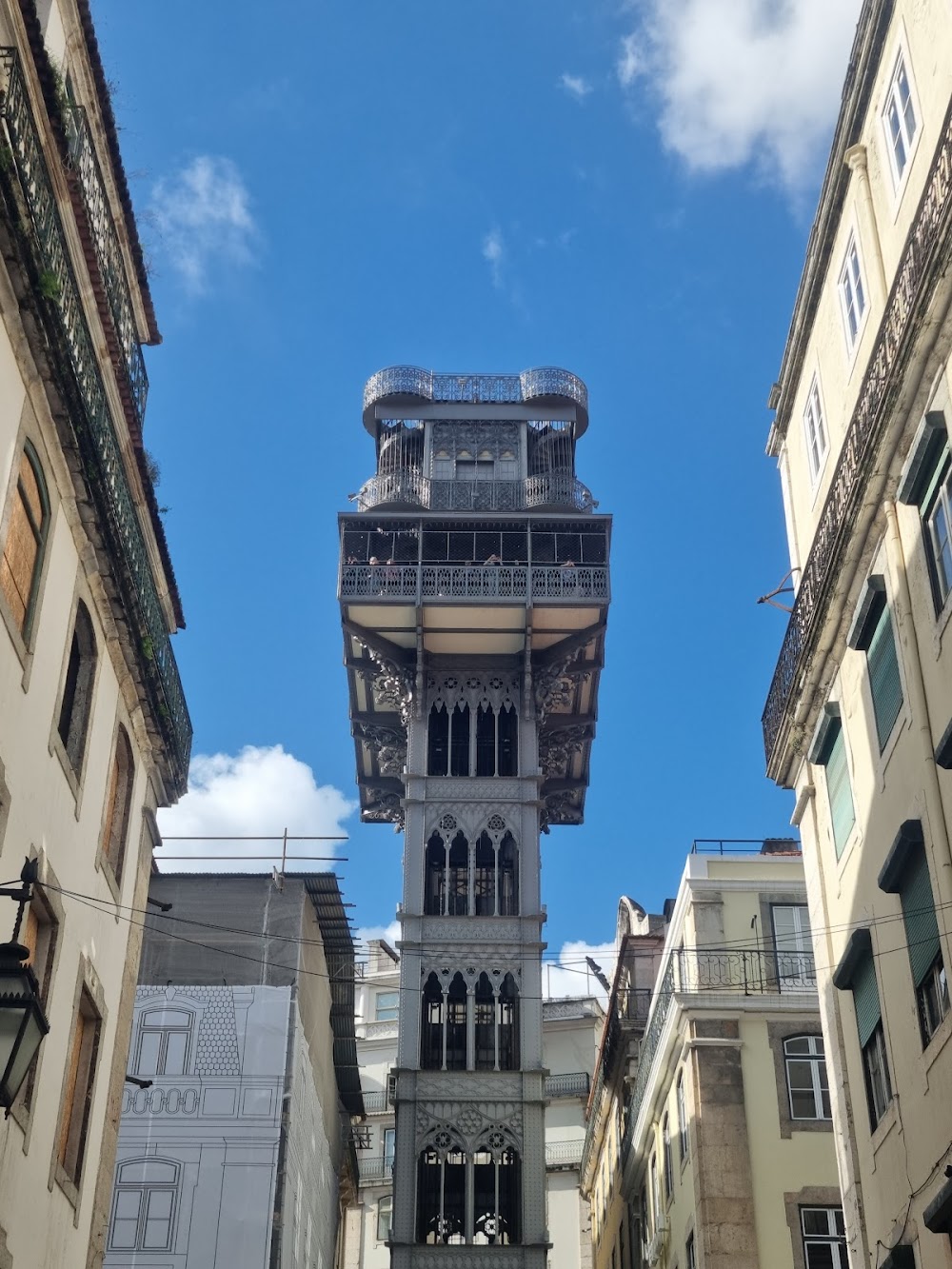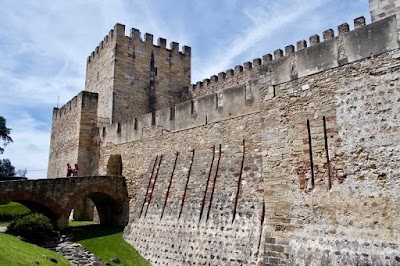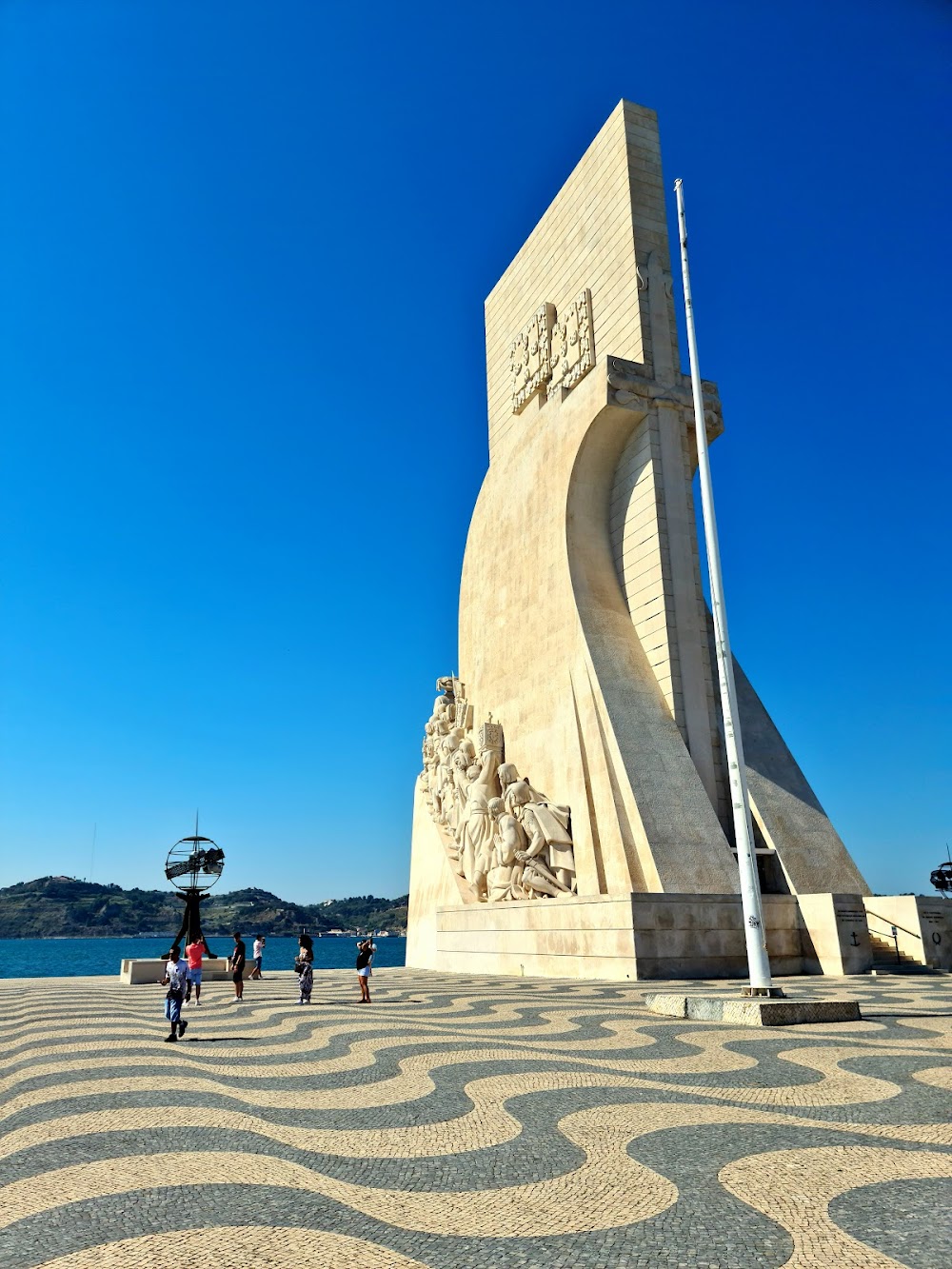Calouste Gulbenkian Museum (Museu Calouste Gulbenkian)
Overview
The Calouste Gulbenkian Museum in Lisbon, Portugal, is a remarkable sanctuary of art and culture, brought to life by the vision and generosity of its founder, Calouste Sarkis Gulbenkian. Born in the Ottoman Empire in 1869, Gulbenkian was not only an oil magnate but also a passionate art collector. By the time of his passing in 1955, he had amassed an extensive and diverse collection of artworks that spanned several millennia and various cultures.
Gulbenkian bequeathed his extraordinary collection to Portugal, a nation he often sought refuge in during turbulent times. This generous gift led to the establishment of the Calouste Gulbenkian Foundation, and subsequently, the museum that proudly bears his name. The museum was designed specifically to house and showcase his eclectic collection, ensuring it would be accessible for the enjoyment of the public and future generations.
The museum's architectural brilliance is a testament to the skill of Portuguese architects Ruy Jervis d'Athouguia, Pedro Cid, and Alberto Pessoa. Their design philosophy aimed to complement the collection rather than overshadow it, resulting in a space that is both functional and aesthetically pleasing. Construction began in 1959 and was meticulously supervised to meet Gulbenkian's exacting standards before the museum finally opened its doors in 1969, just over a decade after the foundation was established.
Visitors will find the museum's layout to be thoughtfully organized, providing a seamless journey through time and culture. It is divided into two main galleries: the Founder’s Collection and the Modern Collection. The Founder’s Collection spans approximately 6,000 years of history, featuring artifacts from ancient Egypt, Mesopotamia, Persia, and Europe. Notable highlights include masterpieces from renowned artists such as Rembrandt, Monet, and Renoir, alongside exquisite furniture, decorative arts, and ancient manuscripts.
Among the museum's standout features is the Lalique Room, dedicated to the exquisite works of French glass designer René Lalique. Gulbenkian had a particular affinity for Lalique’s creations, and this room showcases a stunning array of jewelry, glassworks, and other decorative items. Visitors are often entranced by the intricate details and artistry on display, making it a must-see during their visit.
In contrast, the Modern Collection emphasizes the vibrancy of 20th and 21st-century art, featuring influential Portuguese artists like Amadeo de Souza-Cardoso and Almada Negreiros alongside global contemporaries. A modern building was later added to house this collection, underscoring the foundation's commitment to ongoing cultural and artistic development.
Beyond the captivating exhibits, the museum grounds boast beautiful gardens designed by landscape architect Gonçalo Ribeiro Telles. These gardens not only enhance the museum experience but also serve as a tranquil oasis in the heart of the city, inviting visitors to relax and reflect amidst nature.
The museum also offers a variety of cultural and educational programs, including temporary exhibitions, concerts, and workshops. These activities ensure that the museum remains a dynamic and engaging destination for all visitors, regardless of age or background.
In recent years, the museum has integrated solar technology into its building to enhance sustainability. This initiative aligns with the Gulbenkian Foundation’s broader mission to promote environmental awareness and responsibility.
Today, the Calouste Gulbenkian Museum stands as more than just a repository of art; it is a vibrant cultural institution that reflects the values and vision of its founder. It continues to inspire, educate, and delight visitors from around the world, preserving Calouste Gulbenkian's legacy for generations to come.


